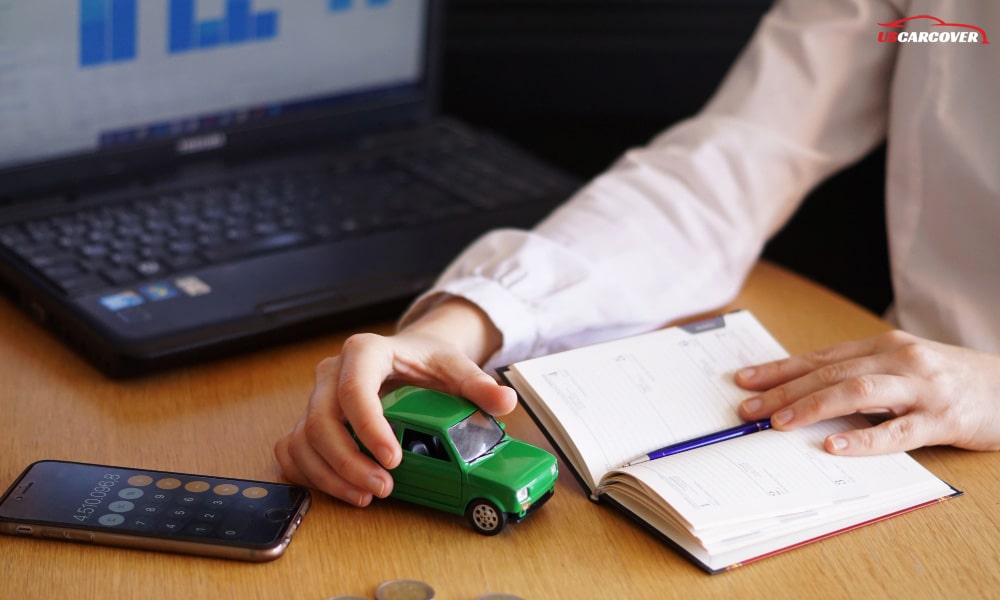
Maintaining your car at home is a smart way to save money while ensuring your vehicle stays in peak condition. By taking on simple maintenance tasks yourself, you can avoid costly repairs and extend the life of your car. From checking oil levels to keeping your tires in top shape, these essential tips empower you to handle basic upkeep without professional help. Start with small steps and watch as regular at-home care translates into long-term savings and improved performance for your vehicle.
Check and Change Your Engine Oil
Checking and changing your engine oil is one of the most critical steps in at-home car maintenance. Regular oil changes keep the engine lubricated, reduce friction, and prevent overheating. Inspect the oil level every month by pulling out the dipstick and checking that the oil is within the recommended range. Dark or dirty oil indicates it’s time for a change, which can typically be done every 5,000 to 7,500 miles, depending on your vehicle. Performing this simple task at home helps ensure smooth engine performance and avoids costly repairs down the road.
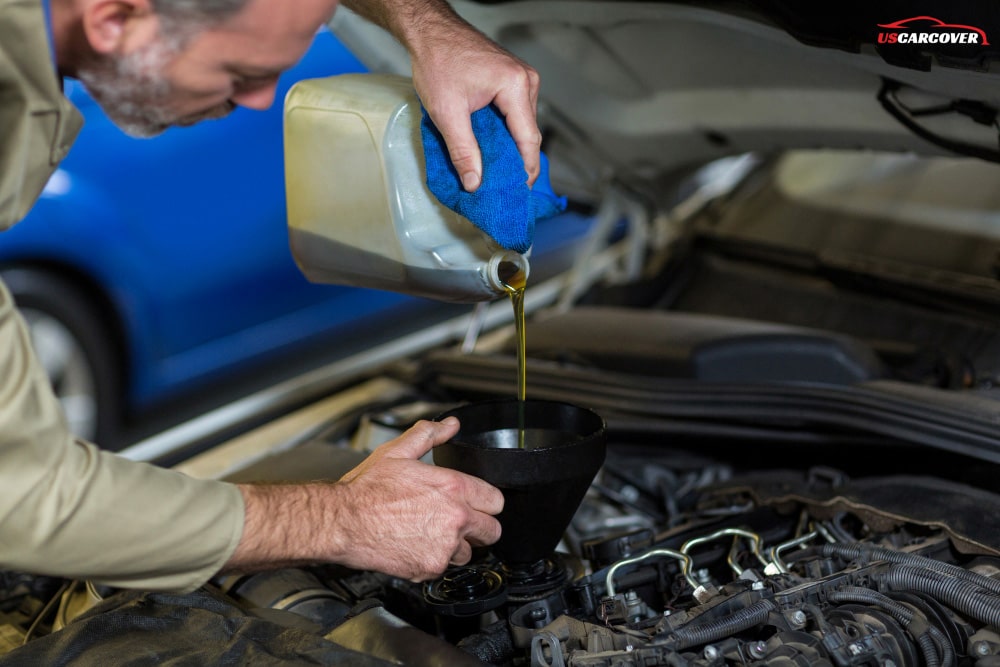
Related articles: Winter Car Protection Cover: 10 Noted to Use
Keep an Eye on Fluid Levels
Monitoring your car's fluid levels is essential for smooth operation and preventing damage. Besides engine oil, regularly check the coolant, brake fluid, transmission fluid, and windshield washer fluid. Each fluid plays a unique role: coolant keeps the engine from overheating, brake fluid ensures responsive braking, and transmission fluid maintains smooth gear shifts. Low levels or dirty fluids can lead to serious mechanical issues. By inspecting these fluids monthly, you can address potential problems early, saving on costly repairs and keeping your car running efficiently.
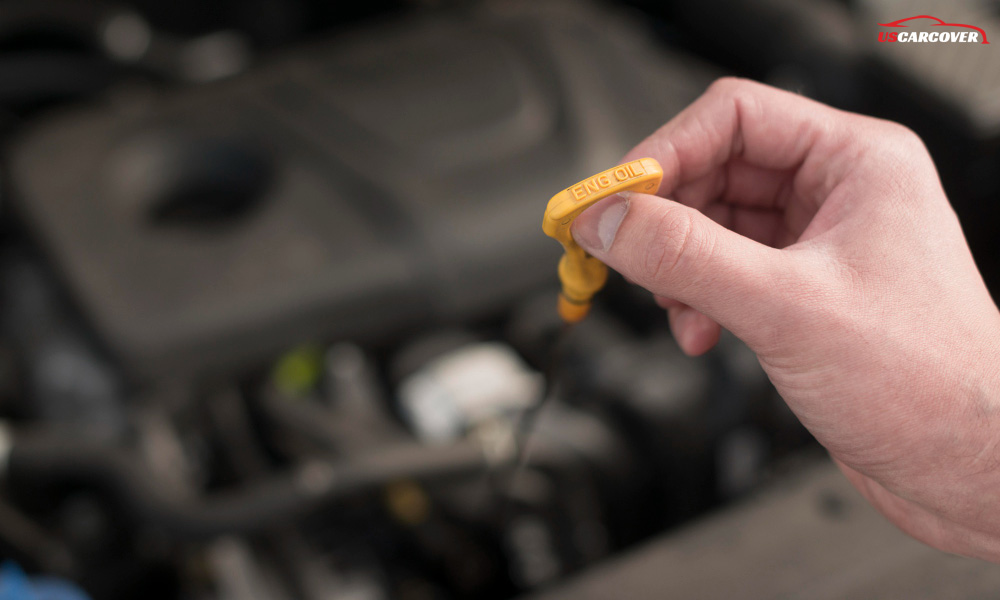
Inspect and Rotate Tires Regularly
Regular tire maintenance is crucial for safety, fuel efficiency, and extending the lifespan of your tires. Start by checking tire pressure monthly, as underinflated or overinflated tires can lead to uneven wear, reduce fuel economy, and increase the risk of blowouts. Use a pressure gauge to ensure they’re inflated to the manufacturer’s recommended levels. Additionally, rotate your tires every 5,000 to 7,500 miles to promote even wear across all four tires. By taking these simple steps, you’ll improve handling, enhance safety, and avoid premature tire replacements.
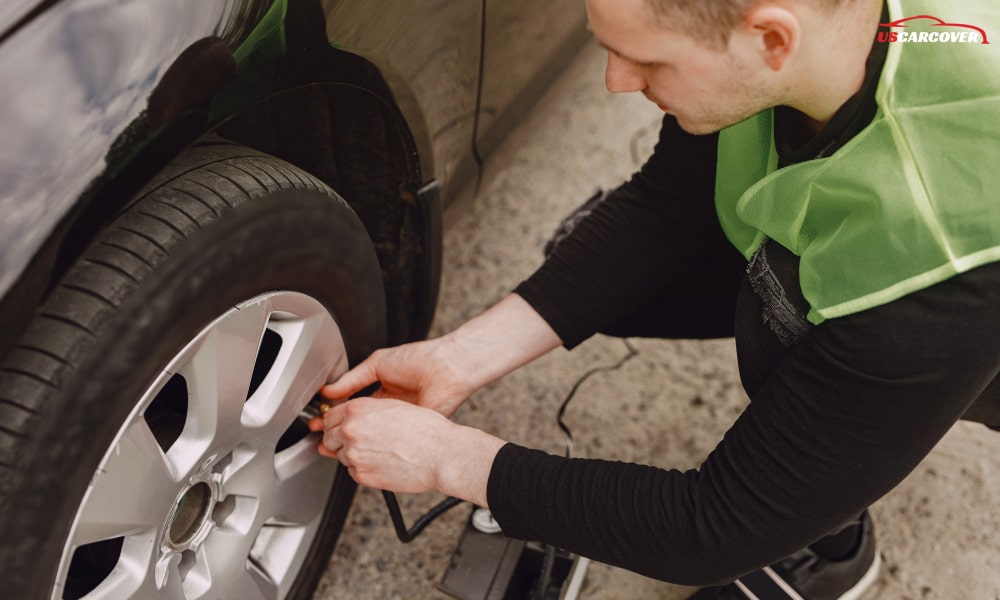
Related articles: Is the Car Cover Anti-Theft?
Check and Replace Air Filters
Air filters play a vital role in keeping your engine running efficiently by trapping dust, dirt, and debris before they enter the engine. Over time, a clogged air filter can reduce airflow, impacting fuel efficiency and performance. Inspect your air filter every 12,000 to 15,000 miles, or more often if you drive in dusty conditions. If it looks dirty or clogged, it’s time for a replacement—a quick, affordable task that you can easily do at home. Replacing the air filter regularly not only boosts engine performance but also helps you save on fuel costs.
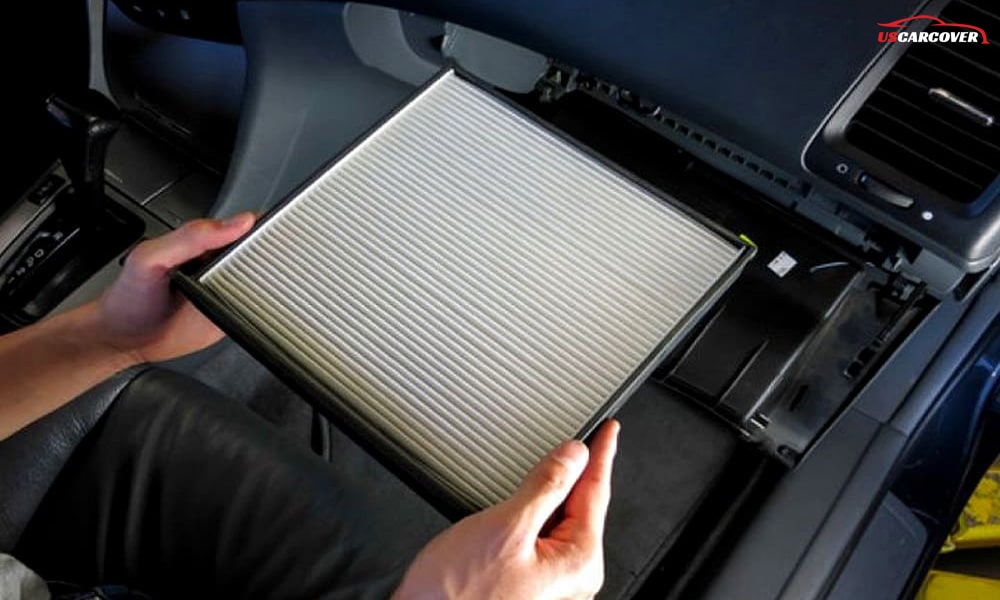
Test and Clean the Battery
Maintaining your car battery is essential for reliable performance, especially in extreme weather. Start by testing the battery's charge regularly with a voltmeter; a healthy reading is typically around 12.6 volts when the car is off. Also, keep the battery terminals clean, corrosion can weaken the connection, leading to starting issues. Use a mixture of baking soda and water with a brush to gently scrub away any buildup, and apply a corrosion inhibitor if needed. Regular battery maintenance ensures a strong start every time and extends the battery’s lifespan, saving you from unexpected replacements.
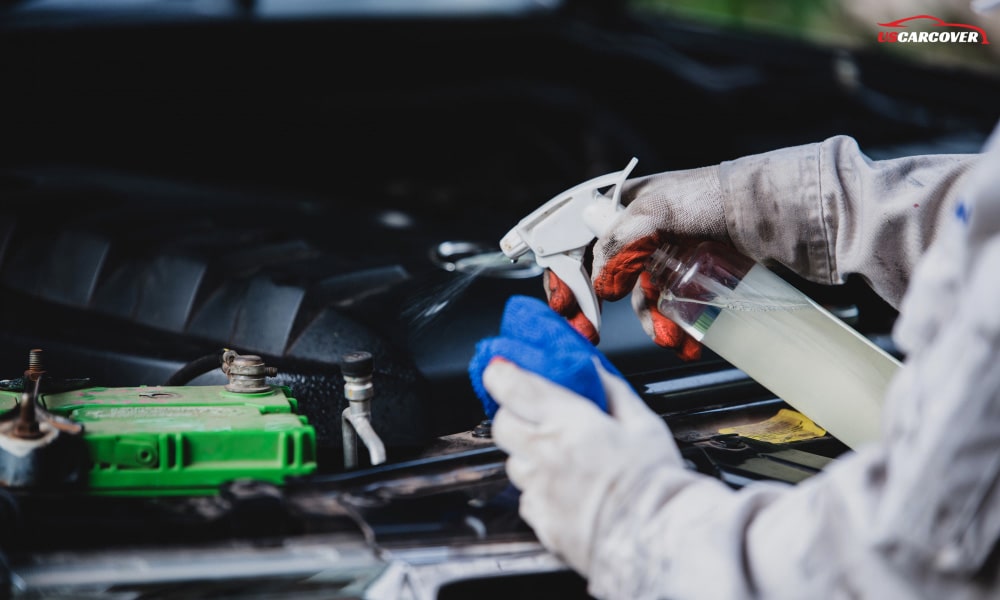
Keep Your Windshield Wipers in Good Condition
Windshield wipers are crucial for visibility and safety, especially in adverse weather. Over time, wiper blades can become worn, cracked, or lose flexibility, leading to streaks and reduced effectiveness. Inspect your wipers every few months for signs of wear, and replace them at least once a year, or sooner if they’re leaving streaks. Changing wiper blades is an inexpensive and straightforward task you can handle yourself. Maintaining good wiper blades ensures clear visibility in rain, snow, or dust, keeping you safe on the road.
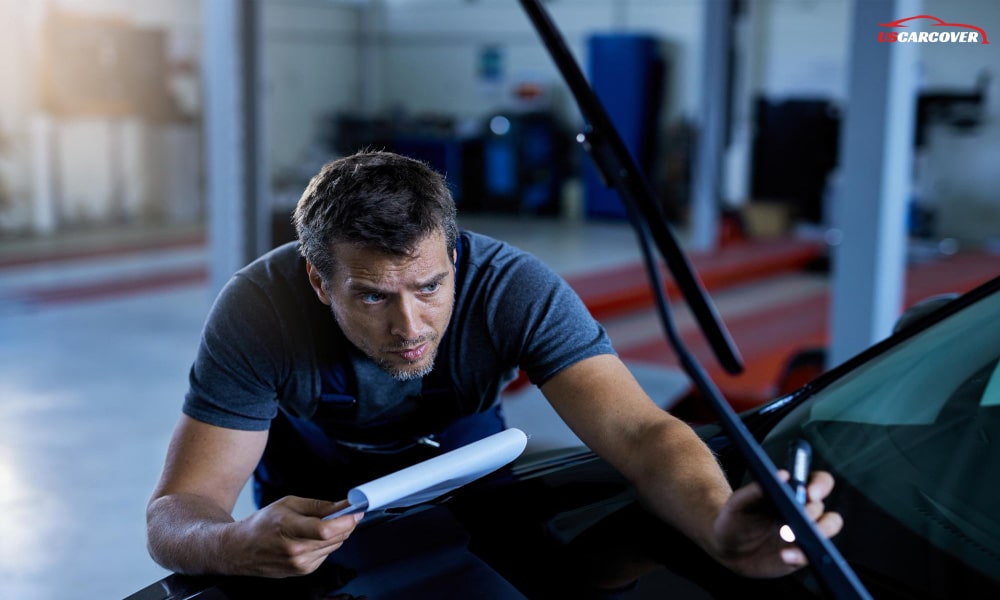
Related articles: How Car Covers Protect Vehicles from Heavy Rain
Examine Brake Pads and Rotors
Regular brake inspections are essential for safety and preventing costly repairs. Check your brake pads every 10,000 to 15,000 miles or if you notice squeaking, grinding, or reduced braking power. Worn brake pads not only compromise stopping power but can also damage the rotors, leading to expensive repairs. If the pads are thin or worn, replace them promptly. Keeping brake pads and rotors in good condition ensures responsive braking, enhances safety, and avoids costly repairs down the road.
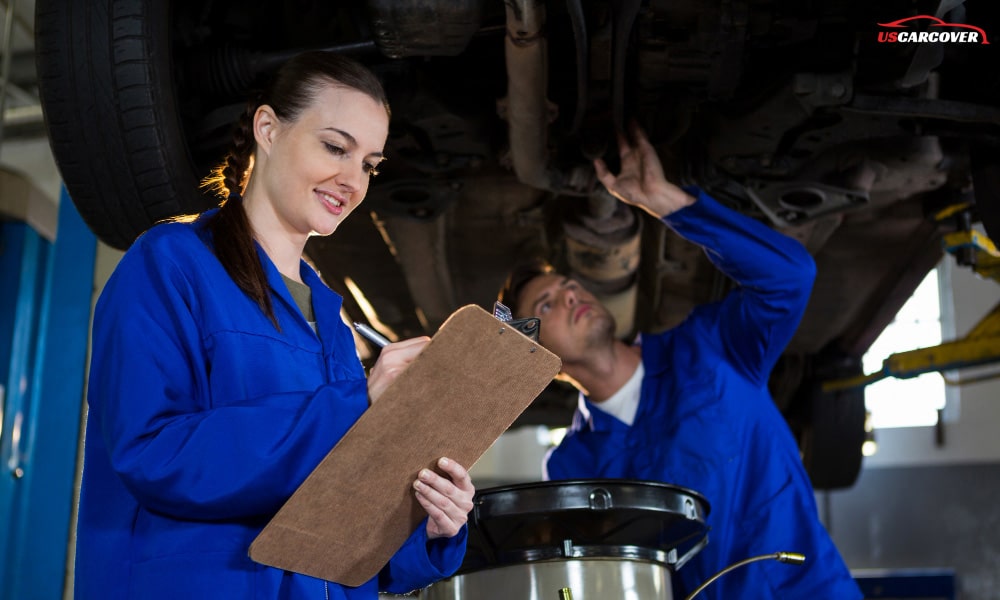
Maintain Proper Headlights and Taillights
Headlights and taillights are crucial for safety, especially at night or in low-visibility conditions. Regularly check the functionality of your lights, ensuring both headlights and taillights are bright and free from cracks. If you notice dimming or if a light bulb is out, replace the bulbs promptly. Replacing headlights and taillights is simple and inexpensive, and it can prevent accidents caused by poor visibility. Maintaining your vehicle's lights ensures you're always visible to other drivers, enhancing your safety on the road.
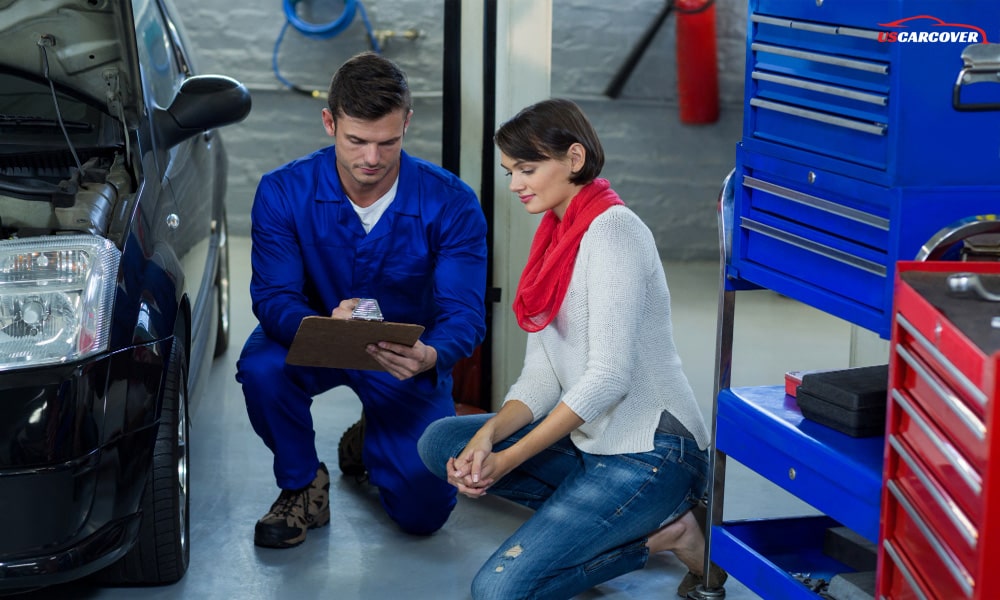
Clean and Polish the Car Exterior Regularly
Cleaning and polishing your car exterior not only keeps your vehicle looking great but also protects the paint from the elements. Regular washing removes dirt, grime, and road salt that can cause rust or wear down the finish. After washing, apply a coat of wax to protect the paint from UV rays, dirt, and water. Polishing the car enhances its shine and removes minor scratches. By maintaining the exterior finish, you preserve your car’s value and prevent costly paint repairs in the future.
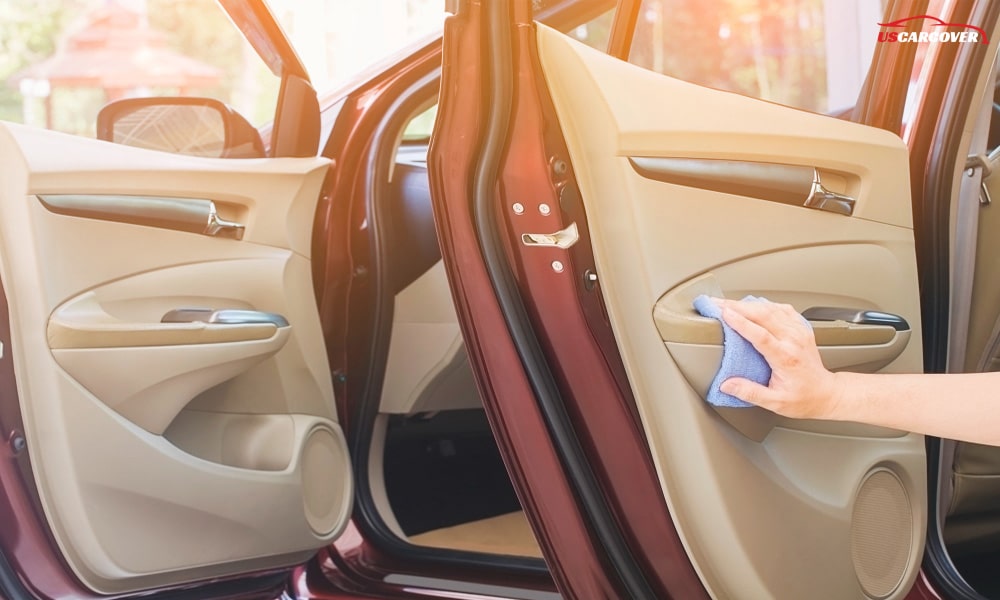
Related articles: How to Protect Your Car from Dust Damage
Use Car Covers to Protect Your Vehicle
Car covers are an excellent investment for protecting your vehicle from the elements, whether you park indoors or outdoors. A high-quality car cover shields your car from UV rays, rain, snow, and dust, preventing damage to the paint and interior. Be sure to choose the right car cover based on your vehicle type and local weather conditions. Regularly wash the car cover to prevent dirt buildup, and always ensure the cover is fitted properly to avoid rubbing against the car’s surface. Using a car cover helps maintain your vehicle’s appearance, protects it from environmental damage, and reduces the need for frequent waxing or detailing.
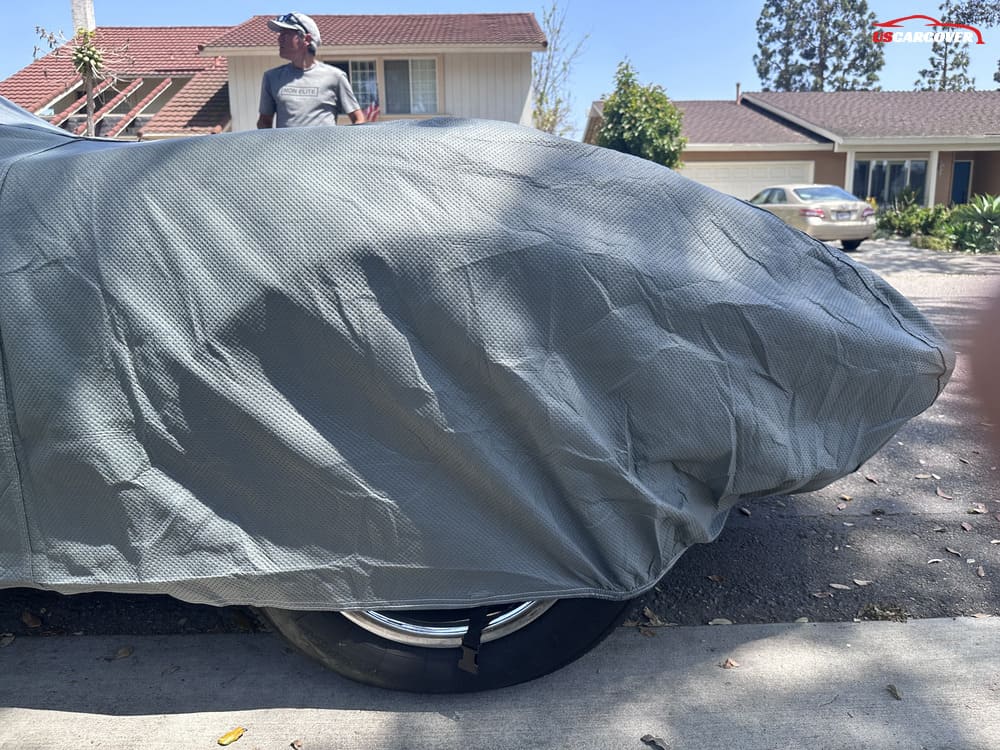
Related articles: Garage Storage Covers vs. Car Covers: Advantages and Disadvantages
Conclusion
By following these simple car maintenance tips, you can significantly extend your vehicle’s lifespan and save money on costly repairs. Regular tasks like checking oil levels, maintaining tire pressure, and keeping your car clean help prevent bigger issues down the road. With a bit of time and effort, maintaining your car at home becomes a smart, cost-effective way to keep your vehicle in top condition. Start today, and enjoy the long-term savings and peace of mind that comes with proper care.
